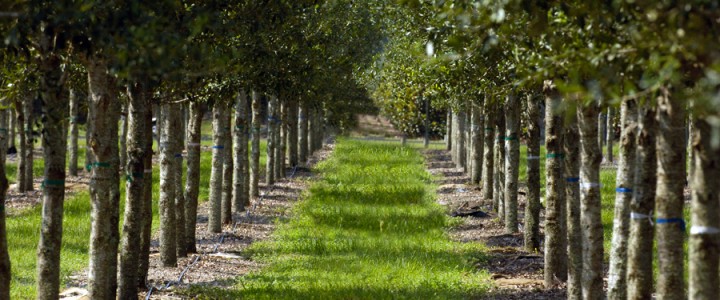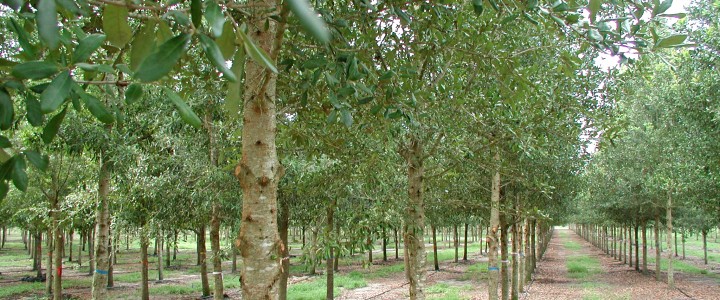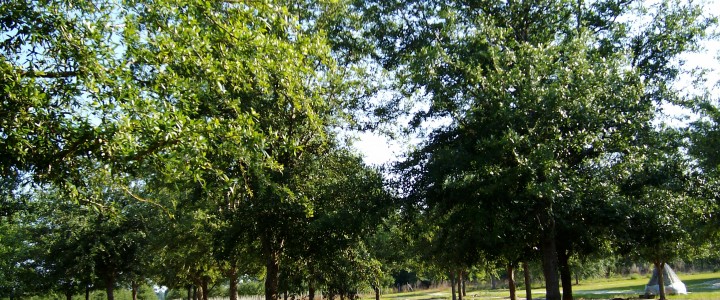Why are live oak trees part of the design for hosting entertainment? It is about creating atmosphere and a wonderful atmosphere is easy under a magnificent tree. To do this you must know the elements that make sense rest, relaxation, elegance, pleasure and organize the elements of landscape design so that everything has a comfortable design and is of interest. The design landscape must create intrigue with the different areas to visit and reflect “the excitement factor”.
Create the mood
What creates a great landscape design environment that keeps your guests entertained, fill their glasses of wine, sweet smell and taste of hoers task. Regardless of the budget and the elements a great landscape design for outdoor entertaining should have multiple uses and activities, be comfortable and beautiful. Although very personal, beautiful landscape design must engage with fountains, sculptures, garden art or trees like your live oak in the foreground with stylish and soft lush fall back hedges and bushes. Pathways various guidance materials and the unification of his guests are one space to another with the intrigue and interest, “what else is here” is the emotion you want to generate. How can you make the most of every element of the garden to create maximum beauty, functionality and usability?
Patios and gardens and plantations
Creating a hierarchy of roads, patios and lawns landscape defines the spaces that have different uses. You can also add details the areas of pavement and concrete. For example, you can create an effect of outdoor carpet by the addition of a mosaic pattern to a patio or yard herringbone brick with white stone edge to add visual interest and detail in the definition of space. You can also change color or material routes transition between the larger spaces such as the use of stone carved with the ground cover planted in the middle to soften the effect of the route and provide greater visual interest and softness with the surrounding garden. Grass can serve as patios open to play with clipped hedges and edges of the garden with seating areas, as in a park public were people love seeing other people.
Pools, spas and water sources
Most of the architectural elements of the pools years have become dynamic features built into the water. Sun decks are common to come and give up the pool. Banks can be built along a length total pool to rest. In the pool, also may be shallow to walk. Water sources can take advantage of vertical add a sculptural element to suck as a large spa that descends into the pool vessel or aircraft may be perfectly woven into the pool for the visual and auditory effects.
The outdoor kitchen
Outdoor kitchens have become multimedia rooms. A beautiful outdoor fireplace can serve as a backdrop for a wonderful night outdoors, serving as the function and art. A simple fire pit can provide all the fun and coordination point that you need in a small courtyard. If built in an area, TV and stereo can add to your grilling enjoyment. There are all sorts of variations on the grid configurations. There are combination of grilling and snuff, and like refrigerators or sinks depending on the amount of cooking you see doing for your guests. Outdoor kitchens also indoor entertainment outdoors.
Seats
Seats have to change from passive to comfortable. This includes passive seating walls and concrete, stone or wooden benches, the areas were your guests can sit or stand against speaking with someone for a short mix of conversation. At the next level that may be able to eat and socialize. Then, more comfortable chair to sit on large family and relaxation.
Landscape lighting
The soft light blue glow of a live oak branch and leaves cascading across a stone bench. The environment of flickering light and water and surface brightness in a pool. Floodlit is really what creates the state mood and sets the tone for the enjoyment of all night. High-voltage mercury vapor lighting emits a soft glow at night surreal creating a new effect complete the landscape design. Hot accent lights can be carefully placed to give interest to the sculptures, urns, bowls of flowers or light up the beauty of a ornamental live oak tree.
Build an outdoor extravaganza
The more you can add the above elements, plus the design of your garden landscape becomes an experience for meetings, events and private renewal. Just as the interior of your home provides different use areas for the garden should reflect its many public and private needs and dreams.
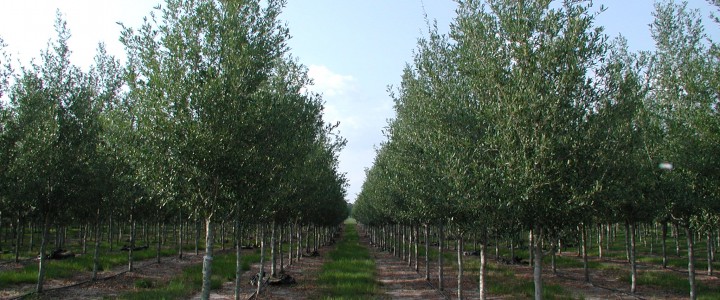
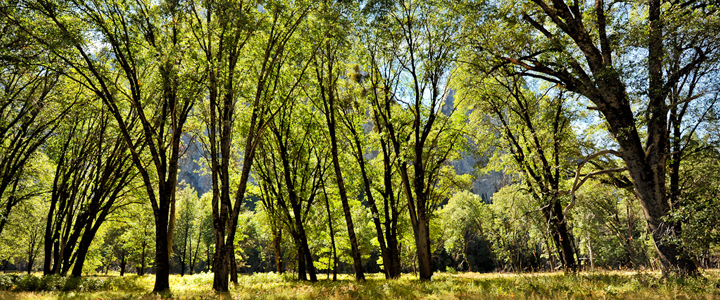
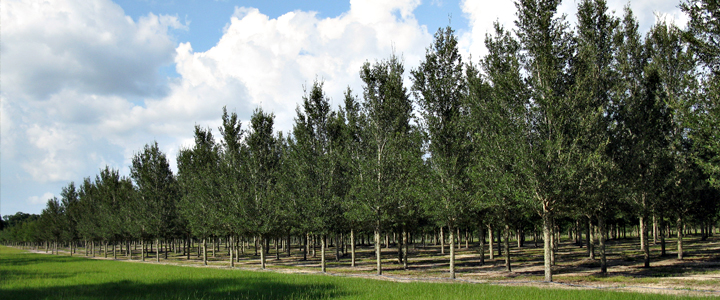
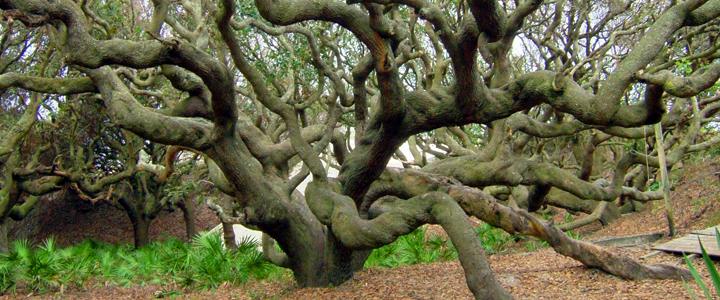
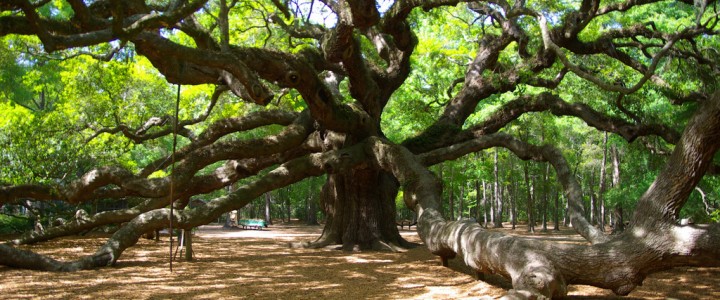
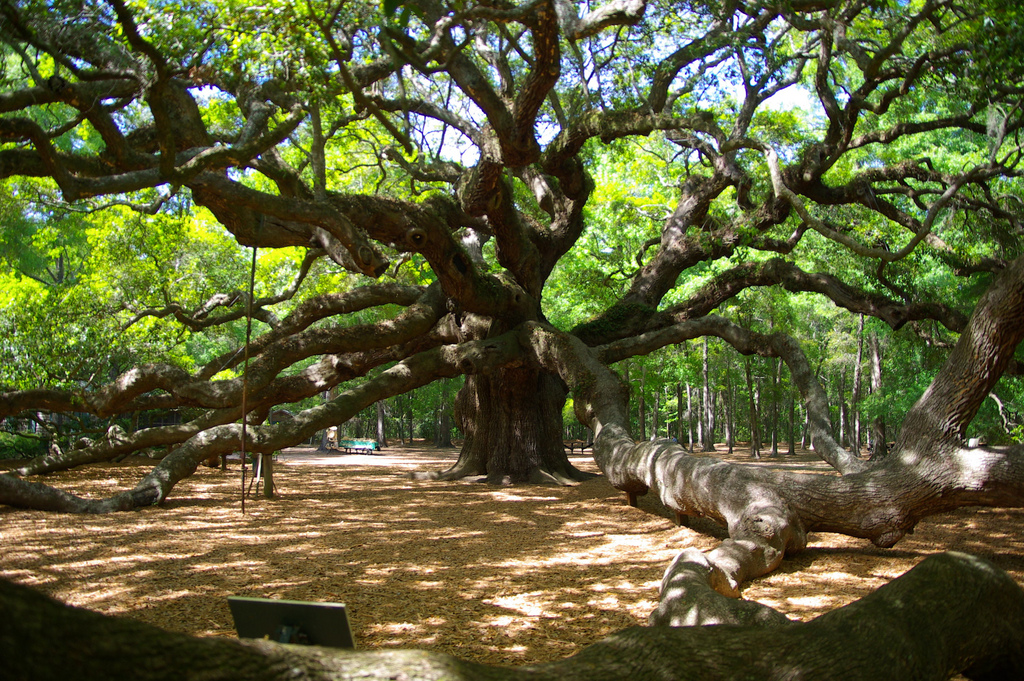 If you are ever in the south near historic Charleston South Carolina, you will be surrounded by history. Once you have soaked up the architectural beauty and rich history of the city, head to nearby John’s Island to see the oldest living thing east of the Rockies. Known as the Angel Oak, the live oak tree that has its own park is estimated to be 1,500 years old, pre-dating Columbus by 1,000 years!
If you are ever in the south near historic Charleston South Carolina, you will be surrounded by history. Once you have soaked up the architectural beauty and rich history of the city, head to nearby John’s Island to see the oldest living thing east of the Rockies. Known as the Angel Oak, the live oak tree that has its own park is estimated to be 1,500 years old, pre-dating Columbus by 1,000 years!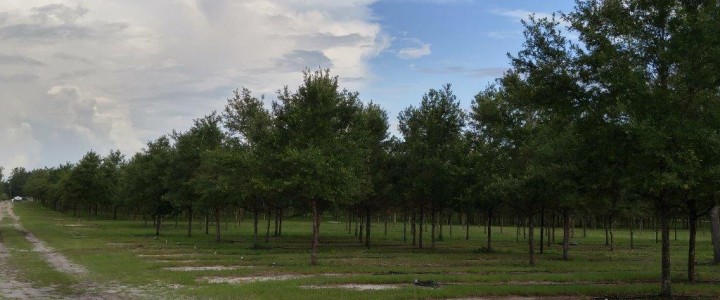
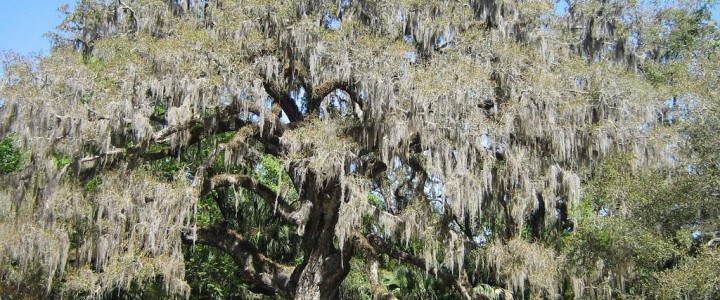
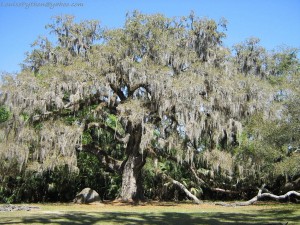 The oldest Live Oak tree in Florida (pictured here) is thought to be in Ormond Beach, and is located in Bulow Creek State Park. This oak is called the “Fairchild Oak” and is thought to be over 400 years old. The oak has been a silent witness to human activities along Bulow Creek. According to the park this includes the destruction of the nearby Bulow Plantation during the second Seminole War in 1836.
The oldest Live Oak tree in Florida (pictured here) is thought to be in Ormond Beach, and is located in Bulow Creek State Park. This oak is called the “Fairchild Oak” and is thought to be over 400 years old. The oak has been a silent witness to human activities along Bulow Creek. According to the park this includes the destruction of the nearby Bulow Plantation during the second Seminole War in 1836.